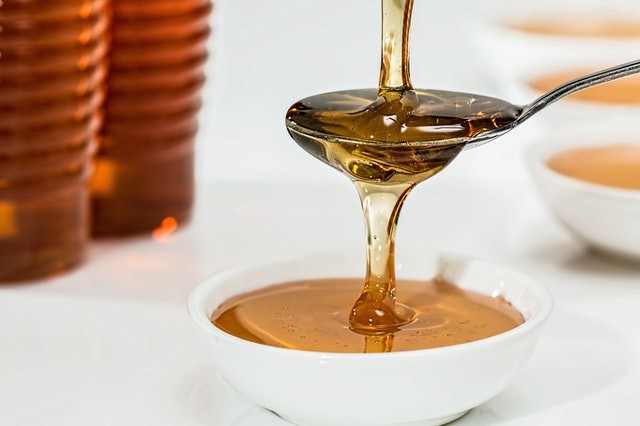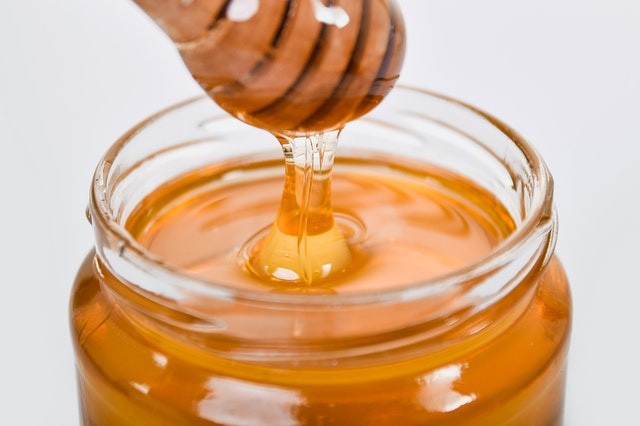Traces of radioactive fallout from the 1950s and 1960s nuclear tests can still be discovered in American honey, new research shows.The radioactive isotope recognized, cesium-137, falls beneath levels considered to be detrimental - but the quantity measured nonetheless highlights the prolonged persistence of environmental pollutants in the nuclear age, even a half-century after the test of the international bomb came to an end.

Nuclear Weapons in the Airspace
"There was a time we examined hundreds of nuclear weapons in the airspace," headed by Jim Kaste, an environmental geochemist at William & Mary University in Williamsburg, Virginia, this explanation was made last year in comments about the stud
"What that did was covering up these isotopes into the environment during a very limited time window."
One of those isotopes was cesium-137 which is a nuclear fission byproduct that has to do with the reaction of plutonium and uranium, which can be commonly discovered in trace quantities in food sources because of such nuclear pollution of the environment.
Radioactive Pollutants
Some of these traces are much fewer than others, Kaste discovered - but only by chance, as it occurred, after assigning his students a Spring Break work in 2017. To illustrate to his class how radioactive pollutants from the mid-20th century nuclear testing still continued in today's environment, Kaste told his students to bring local foods back from wherever they stayed for the holidays.
As anticipated, different samples of nuts, fruits, and other foods exhibited very little traces of cesium-137 when it was measured with a gamma detector, but even Kaste was not ready for what took place when he carried out a similar test with a jar of honey from farmer's market in North Carolina.
Kaste said, "I measured it again because I was thinking something had happened to the container or my detector was insane, I produced the measurement again. And it was, again, 100 times hotter than any of these other foods."

Testing of Honey Samples
To discover why honey recorded such high levels of cesium-137, Kaste and his colleague (both one of his students, Paul Volante) started testing samples of raw, pure, and unfiltered honey from beekeepers and markets that were locally made, located across the eastern US.
Of the about 122 honey samples that were tested, 68 revealed noticeable traces of the radioactive isotope - a legacy of atmospheric nuclear tests carried out by the USSR, the US, and other nations during the era of the Cold War. The highest detonations happened above the Marshall Islands in the Pacific Ocean and Novaya Zemlya - an Arctic archipelago in northern Russia, with other tests being carried out in Nevada and New Mexico.
The increasing effect of more than 500 of these test detonations discharged more ionizing radiation to the airspace than any other event in the history of humans - not that all the blasts were the same in scope, according to the researchers.
Related Article : Here's How Radioactive 'Snowflakes' Behave Like the Smallest Nuclear Bombs in the World!
For more news, updates about radioactive fallouts and similar topics don't forget to follow Nature World News!
© 2025 NatureWorldNews.com All rights reserved. Do not reproduce without permission.





